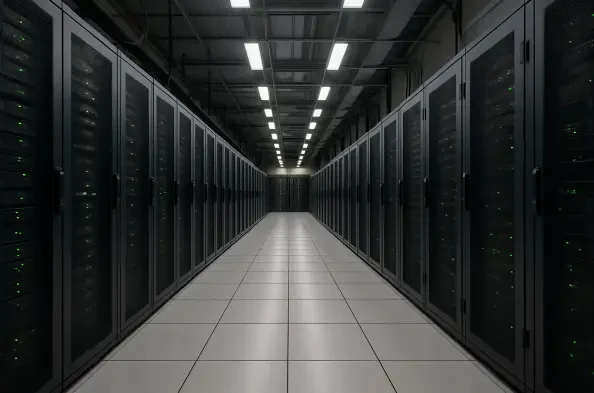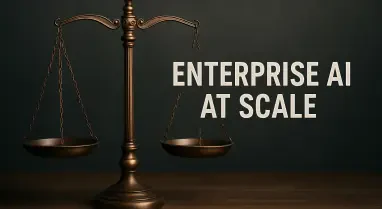Today, we’re diving into the complex world of U.S. public power utilities with Vernon Yai, a seasoned expert in the energy sector. With years of experience in navigating the financial, regulatory, and operational challenges of public power, Vernon offers a unique perspective on the unprecedented surge in electricity demand driven by data centers. In this interview, we explore the opportunities and risks this growth presents, the intricacies of financing and contracting with data center clients, and the balancing act of maintaining reliability and affordability for all customers. Join us as we unpack these critical issues shaping the future of public power.
Can you walk us through the dramatic increase in electricity demand from data centers that public power utilities are facing right now?
Absolutely. We’re witnessing an unprecedented spike in demand, largely driven by the rapid expansion of data centers supporting cloud computing, AI, and other tech innovations. Some utilities are seeing requests for power that match or even exceed the total energy consumed by their entire existing customer base. It’s a scale we’ve never dealt with before, and it’s putting immense pressure on systems that were built for more predictable, incremental growth.
How do you see this surge in demand creating opportunities for public power utilities?
This is a rare chance for utilities, especially those that have seen stagnant growth for years, to boost revenues significantly. Data centers can be a major driver for investment in infrastructure, allowing us to modernize aging systems and expand capacity. Beyond that, this trend could spur broader investment in the power industry, as it highlights the need for resilient, scalable energy solutions across the board.
What are some of the biggest risks tied to this rapid build-out of data centers?
The risks are substantial. One major concern is the potential for power shortfalls if demand outpaces our ability to supply. There’s also the danger of overbuilding—investing in infrastructure that might go unused if data center projects fall through or relocate. Both scenarios could strain resources and impact our ability to keep rates affordable for other customers, which is always a priority for public utilities.
How are you managing the challenge of balancing data center needs with the goal of keeping rates low for residential and other customers?
It’s a delicate balancing act. We’re working to structure agreements that ensure data centers contribute fairly to the costs of infrastructure without passing undue burdens onto other ratepayers. This often involves creative rate designs and prioritizing investments that benefit the entire system, not just one segment of customers. Protecting affordability while meeting this new demand is at the core of our planning.
Can you explain the hurdles public power utilities face when negotiating contracts with data centers?
Certainly. Unlike for-profit utilities, public power entities face strict regulatory constraints around long-term contracts due to tax implications on our municipal bond portfolios. We often have to rely on short-term agreements, which makes it tough to plan and finance the kind of long-term infrastructure data centers require. It’s a mismatch between the fast-paced needs of tech companies and the slower, more regulated world of public power.
What specific changes are you hoping to see in regulations around private use contracts to address these issues?
We’re pushing for modernized rules from the U.S. Treasury that would allow more flexibility in entering long-term contracts with data centers without risking our tax-exempt status. Clearer guidelines on private use would help us secure stable revenue streams from these large customers, which in turn protects residential ratepayers from sudden rate shocks. It’s about finding a framework that works for everyone.
How are public utilities financing the infrastructure needed to support data centers?
A key tool for us is tax-exempt municipal bonds, which allow us to fund large capital projects at lower costs compared to traditional financing. However, we have to be cautious about stranded costs—building capacity for a data center that might later back out. We’re exploring risk-sharing mechanisms in contracts and diversifying funding sources to mitigate those risks while still moving forward with necessary expansions.
What practical challenges are you encountering in meeting the infrastructure demands of data centers?
There are quite a few. Supply chain delays for critical equipment like transformers can slow us down, and uncertainty around delivery timelines adds another layer of complexity. On top of that, rising costs for materials and labor are stretching budgets. We’re having to get creative—locking in contracts early, partnering with suppliers, and sometimes rethinking project timelines to stay on track.
What’s your forecast for the future of public power utilities in managing data center demand over the next decade?
I think we’re at a pivotal moment. Over the next ten years, public power utilities will need to adapt rapidly to this demand while maintaining our core mission of reliability and affordability. I expect we’ll see more innovation in financing and contracting, as well as increased collaboration with tech companies to align their growth with our capabilities. If we can get the regulatory support we need, I’m optimistic we can turn this challenge into a transformative opportunity for the sector.






